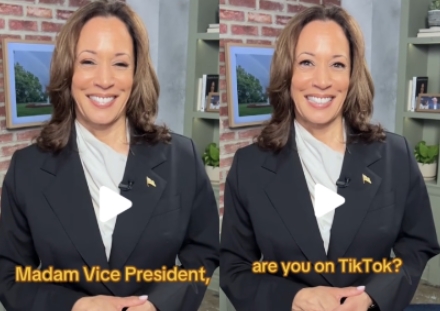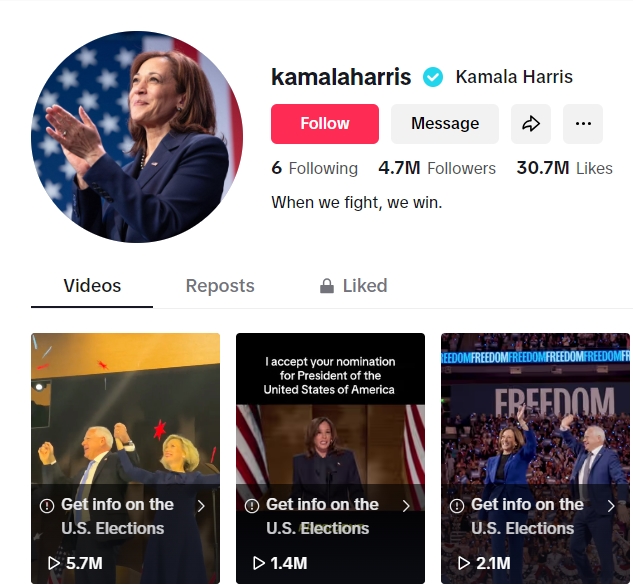
Suddenly endorsed into the presidential election, current Vice President Kamala Harris resorted to a unique method to advertise her campaign, that of which being hopping on to modern media trends that are popular to a younger age group, Gen Z.

On July 21, Joe Biden dropped out of the 2024 presidential election, endorsing Kamala Harris to be the new Democratic Party’s choice. After only a few days, Harris’s campaign blew up on social media. “Ms. Harris’s account on Instagram has ballooned to 17 million followers, and seeking donations for her campaign racked up 1.6 million views”, The New York Times stated, as of July 26. This then resulted in a rapid increase in support of her presidential campaign.
Social media apps used in Harris’s campaign, such as TikTok and Instagram, are a crucial part to reaching Gen Z voters. These apps, which are known for their popularity among younger audiences, are the primary places where her informative, yet engaging content is uploaded. “Today, tens of millions of young people say that they’re getting their news from TikTok”, Vox states. By the increasing support of Harris, this unique way of advertising seems to be working in favor of Harris’s vote from the younger audience.
On TikTok, Harris’s team uploads short and engaging videos that show the values of her campaign while using trends to influence viewers. The videos uploaded are interactive, casual and have a behind-the-scenes style to them, catering to the young generation with its trendy aspects.
Likewise, on Instagram, Harris mixes professional content and personal posts, using Stories and Reels–similar to TikTok style videos–to show events in real-time and using picture posts to advertise these events and other endorsements. Using these apps and their functions has made sure Harris’s campaign stays relevant to younger voters on these apps.
Harris’s team has even interacted with popular Gen Z influencers and content creators to increase her support. These influencers, who already have substantial followings, have helped endorse Harris by sharing and promoting her campaign content.
These strategies are making Kamala Harris more popular amongst newer, younger voters, but how is it increasing her votes? This is because the majority of Gen Z voters get their important information from social media. “77% of US adult Gen Z internet users get their breaking news primarily from social media—more than any other generation.” a research group from S&P Global Market Intelligence states.
However, using popular social media apps is not the only strategy Kamala Harris is using. On her accounts, she mentions many pop culture references and has most of her videos with the trends as the main focus of her short, entertaining videos.
Of course there is a wide range in her posts, some being serious and informational, while others are fun and lighthearted.
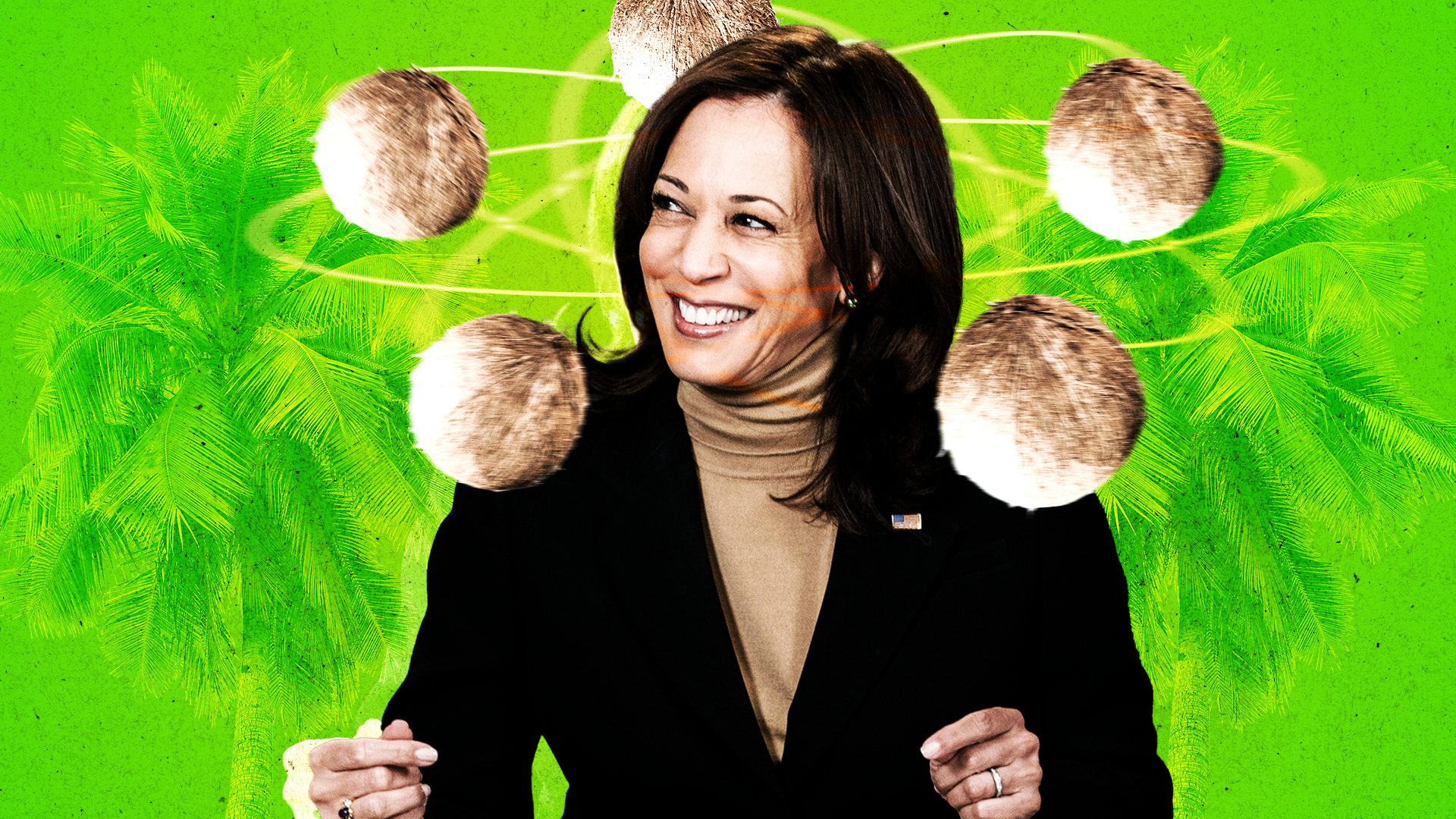
An example of a meme posted on varying social media sites image via Lawrence Jackson.
The meme above is even referencing a pop star, Charli XCX, who is in support of Kamala Harris, and is also popular herself in younger generations, with millions of listeners worldwide.
This might not be a great strategy in getting real information out, though. The problem is that the unserious posts are going viral, getting millions of views and likes, almost entirely by Gen Z voters, who are entertained by these posts. This can cause many young voters to be influenced to vote for her, even though they have not seen information that is related to her potential presidency at all.
Young voters might encounter entertaining posts more often than detailed policy explanations, which can lead to a superficial understanding of Harris’s platform. This could result in a voter base that is more engaged with the personality or style of Kamala Harris rather than her policy stances.
When content like Kamala Harris’s posts that are based on trends/memes goes viral, it can lead to misunderstandings or spread incorrect information. These fun and humorous posts can get taken out of context or misinterpreted, which may cause confusion about Harris’s real views and policies she wishes to implement. If this type of content isn’t managed properly, misinformation can be spread about Harris.
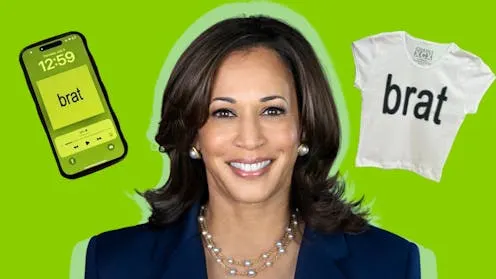
A big risk coming out of Harris focusing a lot on pop culture and fun content is that it might dilute important policy information. While entertaining posts can get a lot of attention, they might take the attention away from serious discussions about policies. Young voters might see the lighthearted information more often than the detailed policies, which can lead to a misunderstanding of what Harris stands for. The voters might end up being more interested in her personality or style rather than her actual policies, which can be very risky in the future.
Focusing on viral content can lead to an overemphasis on user engagement like likes, shares, and views, rather than the relative information being communicated. High engagement with entertaining posts does not correlate with an informed or meaningful political campaign. This metric-driven approach might prioritize content that attracts immediate attention over content that provides in-depth information, potentially skewing the campaign’s communication strategy.
Social media platforms often create echo chambers where users are exposed primarily to content that aligns with their already existing views. Trend-based content can reinforce these echo chambers, particularly if it is shared within like-minded communities. This can lead to increased polarization, where voters only see content that reinforces their biases rather than engaging with diverse perspectives.
For Harris’s campaign, this could mean that while she reaches a large number of younger voters, the engagement might be limited to those who are already supportive, without effectively reaching undecided or opposition voters.
There is a risk that focusing on entertaining content might lead to a misalignment with the campaign’s broader policy goals. If the public’s attention is drawn primarily by viral trends, it could shift focus away from Harris’s core messages and policy objectives. This misalignment might weaken the overall impact of her campaign’s message and change the ability to communicate essential policy details effectively.
Entertaining and trend-based content may offer short-term appeal but might not contribute to long-term voter engagement or loyalty. The fleeting nature of viral content means that while it can generate immediate attention, it may not build a sustained connection with voters or foster a deep understanding of the candidate’s vision and policies. This could result in a lack of long-term support if voters are primarily drawn in by entertainment rather than by substantive policy alignment.
While there are notable risks associated with Kamala Harris’s strategy of using these trends and entertaining content, the advantages of increased visibility, relatability, and voter engagement are not overlooked.
Utilizing popular social media trends has had many benefits for Kamala Harris’s campaign, one being the increasing visibility and engagement from a more diverse group. By participating in viral challenges, referencing pop music and even memes, Harris’s content is more likely to be shared widely, helping to attract attention from a broader audience, particularly younger voters who are highly active on these platforms and have been typically less active in voting in presidential elections.
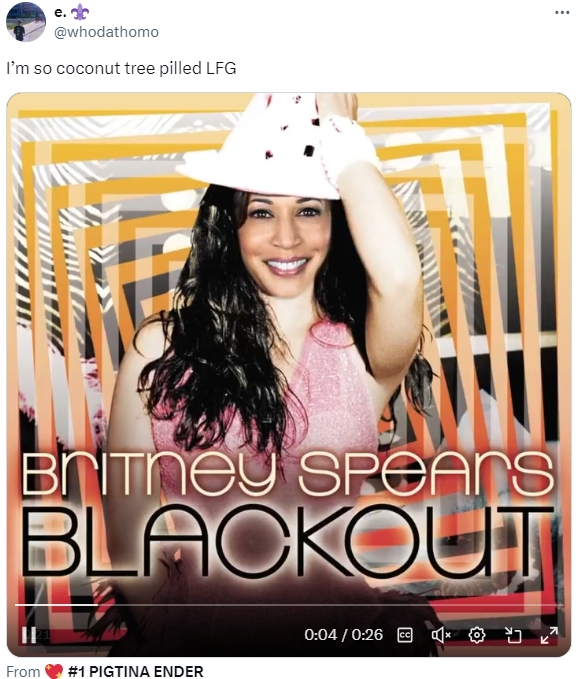 By including pop culture references and trends into her content, Kamala Harris appears more relatable to Gen Z voters. As this demographic puts strong value on authenticity and relatability, by engaging with the same trends they do, Harris’s campaign is building a strong connection with Gen Z.
By including pop culture references and trends into her content, Kamala Harris appears more relatable to Gen Z voters. As this demographic puts strong value on authenticity and relatability, by engaging with the same trends they do, Harris’s campaign is building a strong connection with Gen Z.
Social media trends serve as powerful tools for mobilizing young voters. Kamala Harris’s campaign is capitalizing on this by creating content that resonates with Gen Z. This demographic, having lower voter turnout rates, is more inspired to participate in the political process through engaging and relatable content.
By aligning with trends that are already capturing the attention of young people, Harris’s campaign is driving political participation, encouraging attendance at campaign events, and ultimately boosting voter turnout.
Harris’s use of social media trends enables her campaign to reach voters who may not engage with traditional media. Younger voters are increasingly getting their news and information from social media platforms rather than newspapers or television. By actively participating on these platforms, Harris ensures her message reaches a wider audience that might otherwise be missed. This strategy broadens her campaign’s reach, allowing her to connect with a diverse group of young voters who are more likely to be influenced by content on social media.
Social media trends often involve real-time interaction and engagement, which Harris’s campaign leverages to create a dynamic and responsive presence. By participating in these trends, Harris can interact directly with voters, respond to comments, and engage in conversations. This real-time interaction fosters a sense of community and involvement among her supporters. It also allows Harris to address questions and concerns promptly, building trust with her audience.
Pop culture trends can provide an accessible and engaging way to highlight key campaign themes. By aligning these types of trends with her campaign messages, Harris is effectively communicating her platform in a manner that resonates with younger voters. This approach is ensuring that important issues are discussed in a format that is both engaging and familiar to her target audience, which seems to be the younger voters.
Not only that, Harris strongly advertises her opinions on subjects such as abortion rights, racial justice, climate change, and even student debt–all of which are popular subjects, but more so towards younger populations/voters. She also advocates for inclusive spaces for people fitting into the LGBTQIA+, racial, etc. categories.
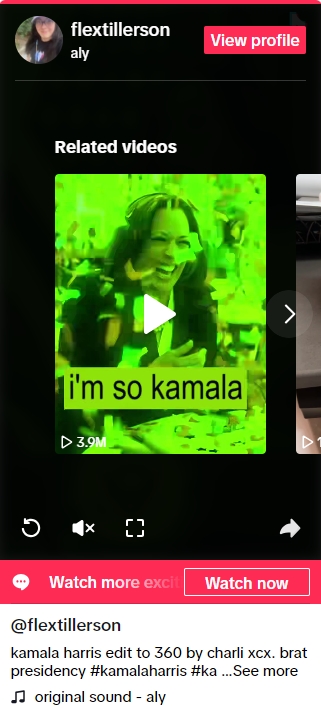 Also, Harris is not only a woman, but a woman of color, making her almost an ideal candidate for many people in younger generations, because of how she fits into minority groups that aren’t as represented as much in the U.S.A., especially in the political field.
Also, Harris is not only a woman, but a woman of color, making her almost an ideal candidate for many people in younger generations, because of how she fits into minority groups that aren’t as represented as much in the U.S.A., especially in the political field.
This was being shown throughout Biden’s presidency, as younger people are voting more and more compared to past elections. In 2023, 62% of college students expressed voting intentions, which is an increase from 55% in 2022, The Harvard Institute of Politics reported.
This growing trend in voter involvement among young people is reflecting a sense of political success and commitment. As we approach the 2024 presidential election, Kamala Harris’s campaign suggests that youth turnout could be even higher. With a substantial portion of the youth demographic relying on these platforms for their news, social media’s influence on political engagement is clear.
Furthermore, the rise in youth activism is extending beyond just voting. Young people are increasingly involved in various forms of political engagement, which includes participating in protests and advocacy efforts. This broader range of involvement shows the commitment to effecting change in multiple ways, indicating a deeper investment in the political landscape with the newer generation.
Social media is really changing the way we get involved in politics, especially for younger people. It’s where many of us turn for news and updates, and it’s become a huge part of how campaigns connect with voters. Real-time interactions help keep issues that matter to young people—like racial and social justice—as the focus. In the end, social media is a powerful tool that’s helping to motivate and inspire the youth, making political engagement more immediate and relevant.
Kamala Harris’s strategy of utilizing pop culture trends and entertaining content on social media comes with both risks and significant advantages. The potential dangers include the dilution of policy substance, the spread of misinformation, and an overemphasis on viral metrics. However, the benefits of increased visibility and relatability are substantial.
The increased engagement and broader reach achieved through social media trends can significantly enhance Harris’s campaign. By balancing entertaining content with substantive policy discussions, Harris’s campaign can ensure a well-informed and engaged electorate. This approach has allowed Harris to connect with Gen Z voters in a meaningful way, in a way in which she used the power of social media to enhance her campaign’s reach and impact.
Kamala Harris’s distinctive use of social media is effectively increasing her support among younger voters, reaching them on the platforms where they most frequently get their news. As of now, Harris is successful in building her campaign using this unique tactic, but whether this strategy will secure her win for presidency remains unknown.

<Student Reporter Amber Thornal>thornalamber@gmail.com
She is a sophomore student at Crescenta Valley High School.
==========
This article was written before Kamala Harris was officially nominated as the Democratic nominee for President.- Editor


